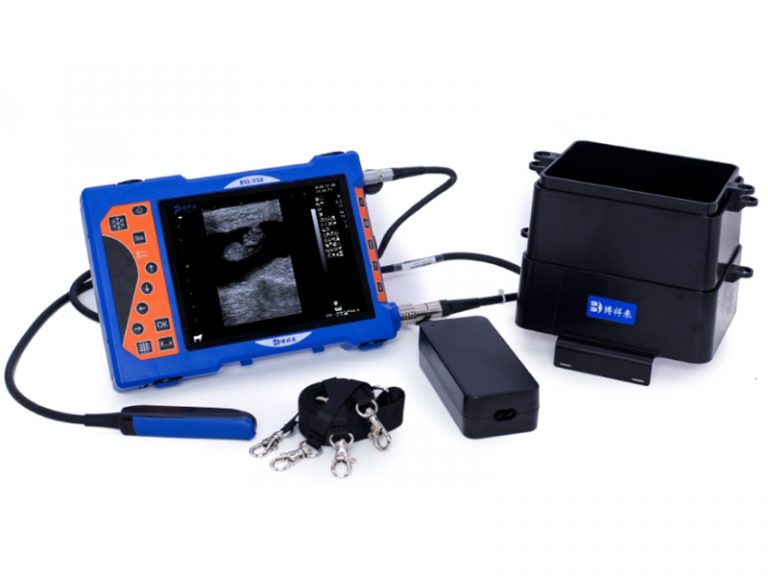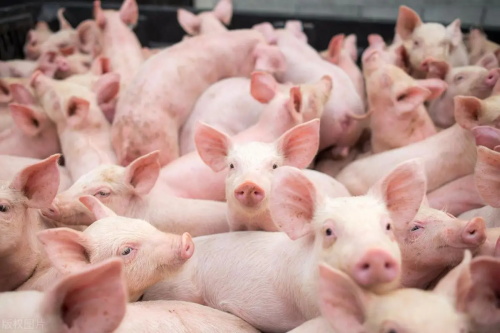Ultrasound Detection Influences on Sow Backfat Thickness
As a pig farmer focused on maximizing sow health and reproductive efficiency, understanding the factors that influence sow backfat thickness is essential. Backfat thickness serves as a critical indicator of a sow’s energy reserves, influencing reproductive performance, lactation success, and longevity in the breeding herd. In recent years, veterinary ultrasonography—particularly B-mode ultrasound—has become a reliable, non-invasive tool to monitor changes in sow backfat under different feeding regimes and physiological stages.
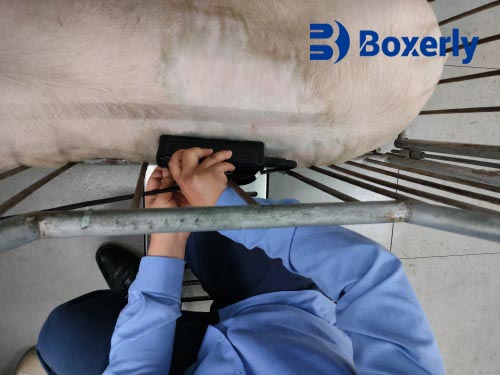
In this article, I will explore how various nutritional components, feeding strategies, and reproductive phases affect sow backfat thickness. I’ll also explain how we use ultrasound to monitor and respond to these changes, highlighting how this technology supports informed feeding and breeding decisions.
Role of Ultrasound in Monitoring Sow Backfat
Backfat is a key indicator of body condition in breeding sows. Too little backfat can lead to poor reproductive performance, while excessive backfat can cause farrowing problems and metabolic stress. Ultrasound enables accurate, real-time assessment of subcutaneous fat without harming the animal. When used regularly, ultrasound provides consistent and objective backfat measurements that allow producers to fine-tune nutrition strategies based on the sow’s stage of production.
Unlike visual scoring methods that rely on human interpretation, ultrasound scanning provides numerical values, typically measuring backfat thickness at specific anatomical landmarks such as the last rib or the P2 position (6.5 cm off the midline at the last rib). These values guide both ration adjustments and breeding decisions.
Starch Addition in Feed and Its Effect on Backfat
In international swine production systems, dietary energy sources are a critical lever for managing sow body condition. One widely studied energy source is starch, especially in the form of corn starch. Adding starch to the feed of gilts and sows has shown varying effects depending on their weight and reproductive stage.
Research and field data suggest that diets enriched with starch can increase backfat thickness at the time of estrus. Using ultrasound, we observe that gilts receiving starch-supplemented diets exhibit a slight but consistent increase in backfat compared to those on fat-based diets. This may be due to starch being digested into glucose and stored as fat, although the overall increase is moderate.
In contrast, when corn starch (providing ~72% of digestible energy) is compared to a mixed fat diet (providing ~29% of digestible energy from a 1:1 mixture of lard and canola oil), results show that fat-based diets may not significantly decrease backfat during estrus. Ultrasound data confirms that, in practice, the effect of starch and fat on body composition at this stage may be less pronounced than expected, especially when sows have already reached mature weight thresholds of 55–70 kg, at which point nitrogen retention and lean gain plateau.

Impact of Dietary Fat on Backfat Accumulation
Dietary fat has distinct metabolic pathways compared to starch. Fat is absorbed more slowly through the digestive tract, allowing extended nutrient absorption and more efficient fat deposition with lower heat increment. Ultrasound imaging has demonstrated that sows fed fat-rich diets tend to gain more body weight and subcutaneous fat compared to those receiving starch-based energy, particularly during phases of rapid growth or recovery.
Because fat can be directly deposited without needing conversion like carbohydrates, sows on high-fat diets generally exhibit faster increases in backfat thickness. This is particularly noticeable in growing gilts or during post-weaning recovery. However, when sows reach a plateau in lean tissue growth, extra energy from either fat or starch no longer contributes significantly to protein accretion but is diverted to fat storage. Ultrasound plays a crucial role in identifying this transition and helping producers avoid over-conditioning.
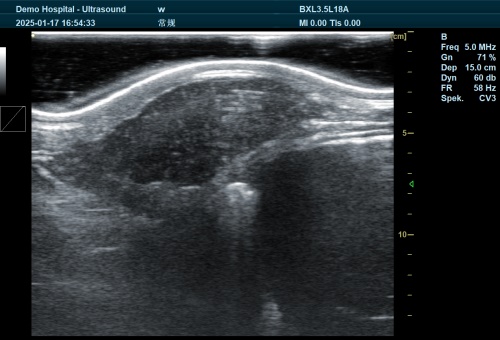
Feeding Strategies During Lactation
Lactation is a nutritionally demanding phase that significantly affects sow backfat reserves. The feeding strategy during this period has a major influence on whether backfat is preserved or lost. Researchers and veterinarians globally have investigated how different feeding intensities impact backfat loss during lactation.
Three common strategies—restricted feeding, ad libitum feeding, and forced feeding—yield vastly different results:
-
Restricted Feeding: Sows under this system often experience the highest backfat loss, with ultrasound recordings showing reductions up to 8.9 mm. This is due to insufficient dietary energy to support both lactation and body maintenance.
-
Ad Libitum Feeding: Sows allowed to feed freely typically show moderate backfat loss, especially if feed palatability or nutrient density is suboptimal.
-
Forced Feeding (or High-Energy Diets): Sows fed high-energy rations often maintain or even increase backfat during lactation. Ultrasound data has shown backfat gains up to 1.8 mm under such systems, highlighting the importance of energy density in maintaining body reserves.
Backfat loss during lactation is closely tied to milk production demands. Peak lactation—typically around 21 days postpartum—coincides with the greatest energy requirements. If dietary energy supply is inadequate, the sow mobilizes body reserves, especially backfat, to meet lactational energy demands.

Fat Supplementation in Late Gestation and Lactation
Studies from Europe and North America have demonstrated that adding fat to sow diets during late gestation and lactation can significantly reduce backfat losses and improve post-weaning recovery. In particular, a 10% fat inclusion rate in gestation and lactation diets has been shown to increase backfat thickness by 4.2 mm, as confirmed by ultrasound imaging.
The added fat boosts dietary energy density without increasing feed volume, making it easier for sows to meet their energy requirements. Moreover, ultrasound helps monitor these changes in real time, allowing early detection of excessive losses or gains and ensuring timely adjustments to the diet.
It’s worth noting that the backfat response to high-fat diets diminishes after peak lactation due to the natural decline in milk yield. Hence, the timing and level of fat inclusion must be tailored to the sow’s stage of lactation and individual condition.
Comparative Effects of Fat and Starch at Equal Energy Levels
While fat has superior energy efficiency due to its lower heat increment and direct deposition, some studies suggest that, when energy levels are equal, the differences between fat and starch regarding backfat change are minimal. This is particularly relevant for multiparous sows during lactation. Ultrasound measurements in these cases indicate that the sow’s overall energy balance, rather than the energy source, is the primary driver of backfat maintenance.
In practical terms, this means that feed formulation should focus not only on energy source but also on total energy intake, feed intake capacity, and sow appetite. High-energy diets—regardless of fat or starch composition—are most effective when sows are consuming them in sufficient quantities.
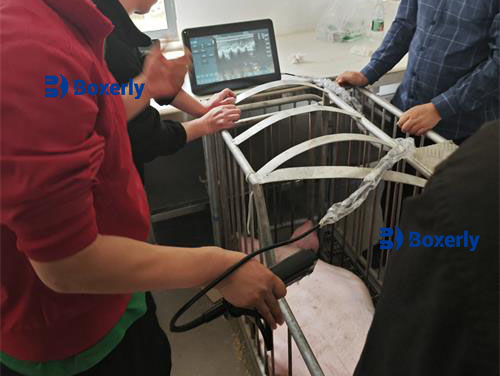
Conclusion
Monitoring and managing sow backfat is essential for maintaining reproductive efficiency, minimizing metabolic disorders, and ensuring sow longevity. Veterinary ultrasound provides a valuable, non-invasive tool for precisely measuring backfat thickness and guiding nutritional interventions.
From starch-rich feeds in gilts to fat supplementation during lactation, the choice of energy sources and feeding strategies significantly influences sow backfat dynamics. International research and on-farm experience underscore the importance of energy density, feeding behavior, and lactation demands in shaping these outcomes.
As sow management becomes more precision-driven, integrating ultrasound into routine assessments empowers producers to make data-backed decisions that optimize performance and welfare. Whether adjusting feed formulas or determining culling decisions, understanding backfat changes through ultrasound helps ensure sows stay in the optimal condition for productive longevity.
References
-
Whitaker, D. A., & Smith, E. (2021). Veterinary Ultrasonography in Food-Producing Animals. Journal of Veterinary Imaging.
-
Kansas State University Swine Nutrition Guide (2022). “Feeding the Lactating Sow.” https://www.ksuswine.org/feeding-lactating-sows
-
National Pork Board (2023). “Managing Sow Body Condition.” https://www.pork.org/managing-sow-body-condition/
-
Van den Brand, H., Soede, N. M., Kemp, B. (2000). Energy Balance of Lactating Sows and Reproductive Performance. Journal of Animal Science, 78(1), 123–130.

